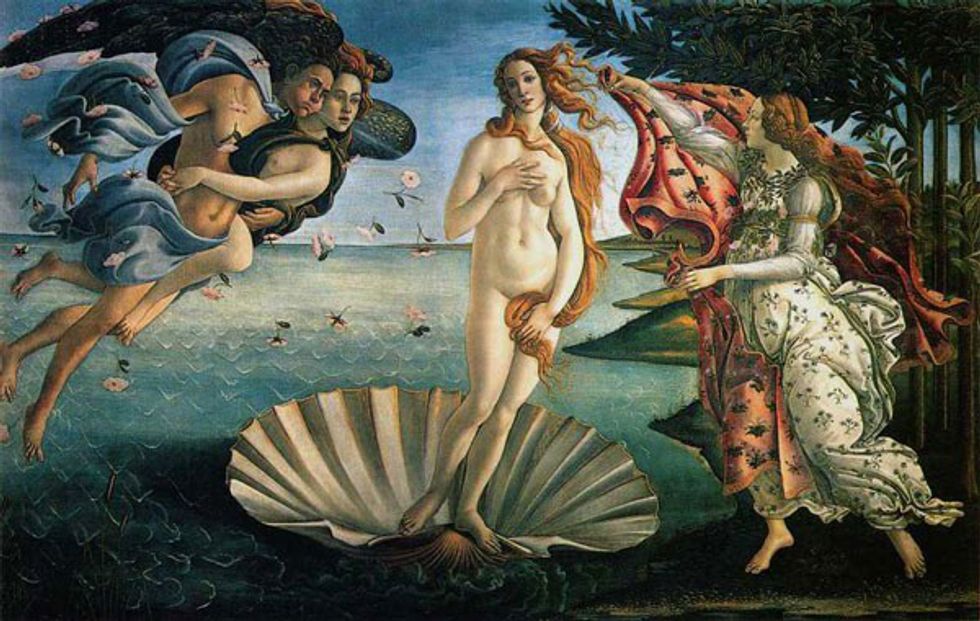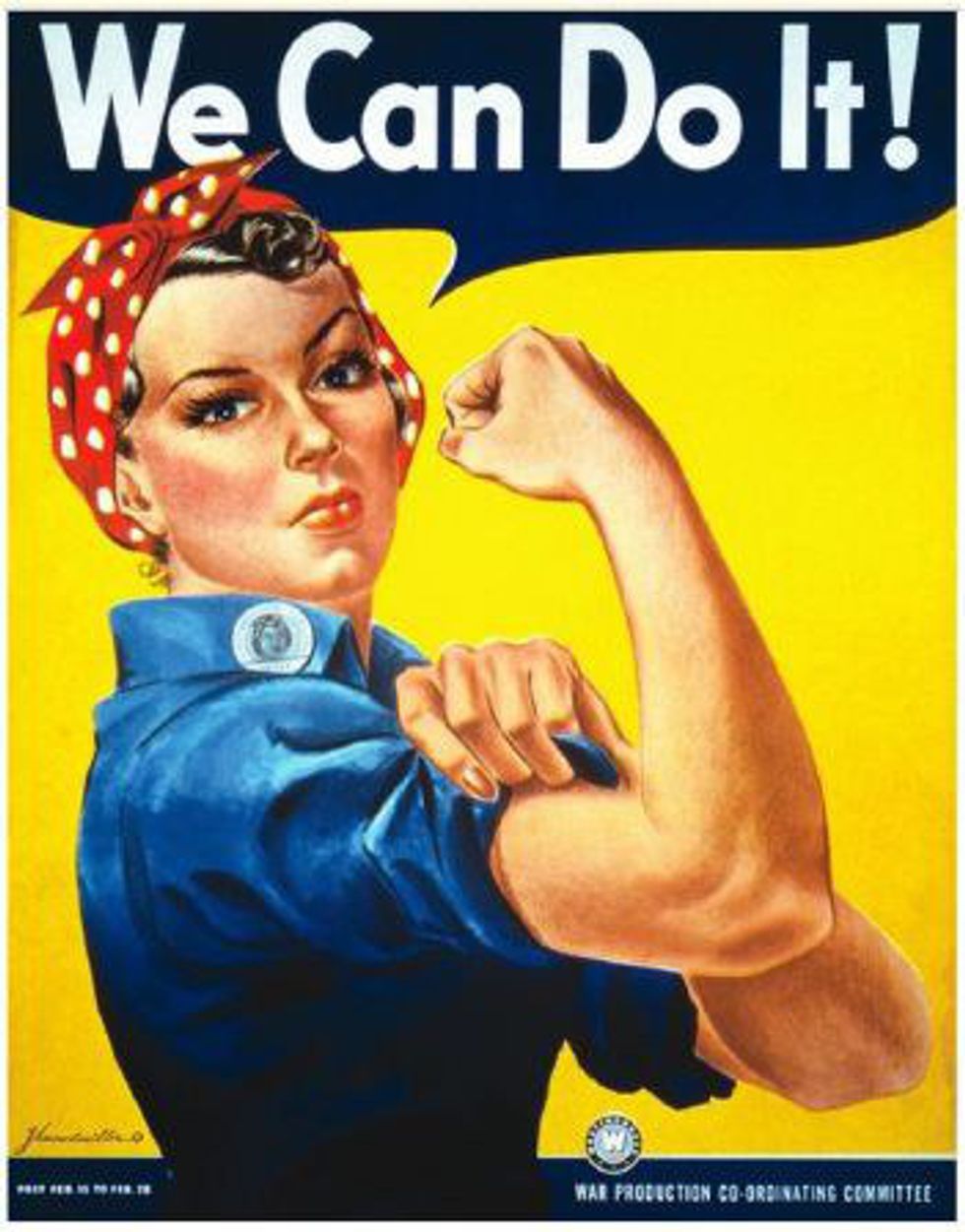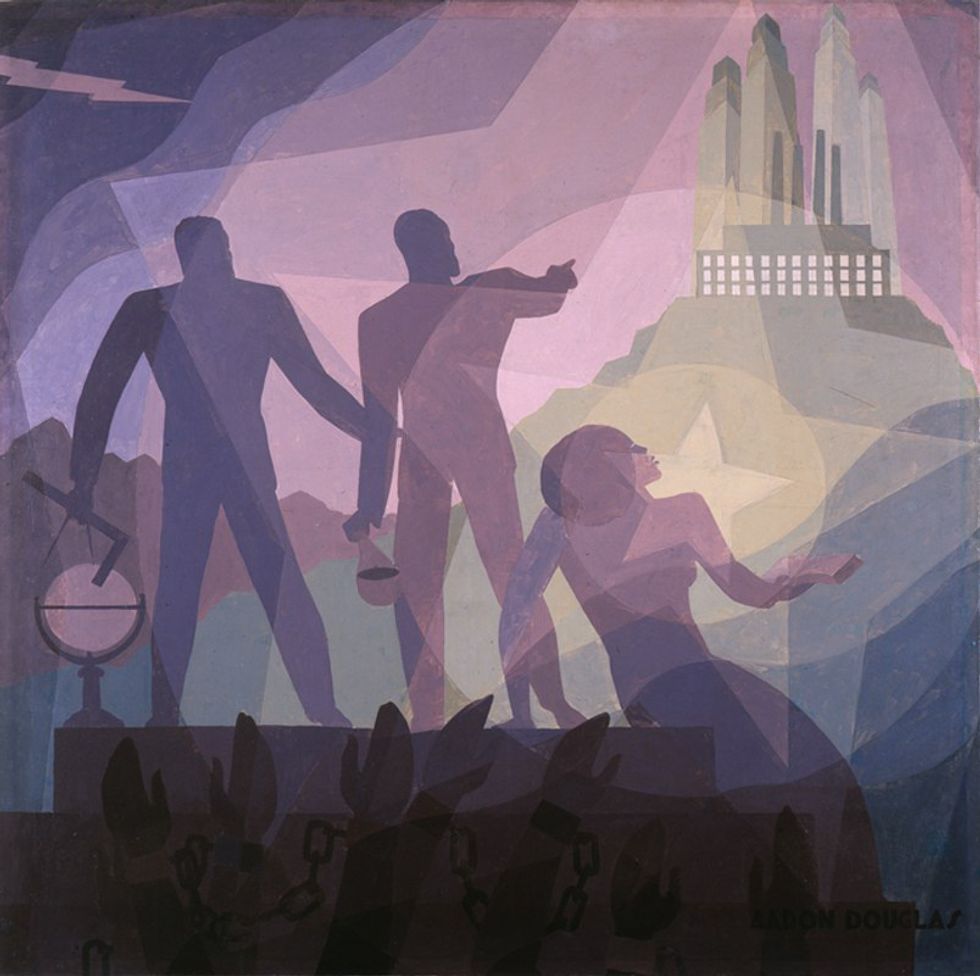Art’s purpose is often debated - is it used solely for beauty? Is it used to convey the inner workings of the artist’s mind? Is it meant for propaganda? Is it used to critique society? The answer to all these questions is yes. Art can be made for all of these reasons. However, art has started to be taken out of the context of when it has been made and has been applied for other uses. When does this fall on the side of inappropriate? Is it really a problem? Art can be taken out of its original context as long as it is using the original values of the original context. When one replaces the original context with their own and it has nothing to do with the original, then there is a problem.
During the week of Nov. 16, Lewis & Clark College received racist comments towards the black community on Yik Yak and a black student was assaulted. Days after these incidents, a group popped up called LC White Student Union. It is unknown whether or not actual Lewis & Clark students set up this page (see an article about this happening at various colleges) but the cover photo was Sandro Botticelli’s The Birth of Venus (pictured below).
Recommended for you
I would consider this instance an insult not only to the people but the art as well because it is taking the painting entirely out of context. The painting features the Roman goddess of love and beauty, Venus, and in this painting she is depicted as white. It was common in the Renaissance that painters often portrayed non-white subjects as white for their patrons. Its purpose, however, is not intended to promote white power. Its purpose was for Botticelli not only to make money but to add another bit of physical beauty to the Renaissance world in Europe. The painting not only represents what it literally shows, but it depicts one of the first examples of a pregnant moment in art history and is the first time oil paints were ever used. I feel that the author is not thinking when they use this art for their cause and that makes it even worse. It would be appropriate to use this painting more in the setting of highlighting Spring, the idealization of beauty, or even to highlight the turn toward the Renaissance period.
So when is it appropriate to use art for your cause? A famous example would be of the lithograph of Rosie the Riveter (pictured below) from World War II.
Women were the center of the workforce during the war and Rosie the Riveter was used to recruit women into joining the workforce. In the 1980s, the lithograph became a powerful symbol in the Feminist Movement and is still an important symbol for feminism today. Although the original intent of this lithograph was not to necessarily promote feminism, it promotes the strength of women and their ability to do what men can do; it is one of the proponents of the feminist movement as well.
Overall, should art be used out of context? In order to answer this question, you have to be knowledgeable about the selected piece of art. One should not select any work of art for your movement or poster just because you feel it’s pretty. The art should relate to what you are trying to promote. Those who are knowledgeable about art will harshly critique you for your choice if you use it completely out of context and will not even acknowledge what you were trying to promote.
The other question could be, what do you consider out of context? In this case, I think out of context would be making the art mean something that it’s not. For example, don’t use Greek statues when talking about ideal body types; the statues are based on gods and goddesses who are purposefully blown out of reasonable proportions.
If you are promoting a black student union event, don’t use Gauguin’s Tahiti paintings because they exoticize black women. Instead, use paintings from the Harlem Renaissance such as Aaron Douglas (Aspiration by Aaron Douglass pictured below).
Art can be used for to promote a cause or to make a social point, many pieces were used exactly for that purpose like Eugene Delacroix’s Liberty Leading the People (pictured below).
I think using art to promote your beliefs can be a great thing and whenever I want to promote what I believe, I like to relate it to art as much as possible. Art, however, must be used intelligently to be used powerfully.























